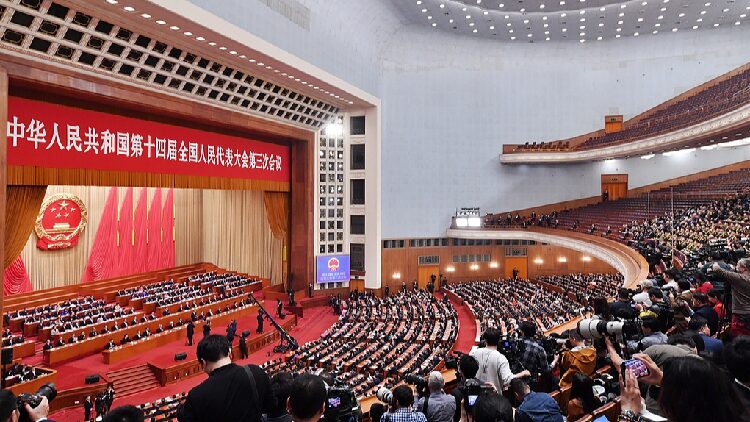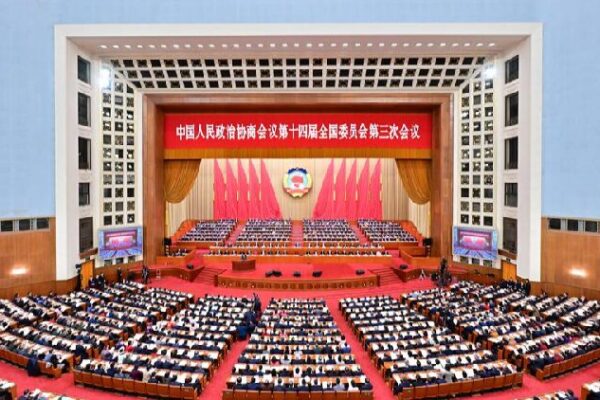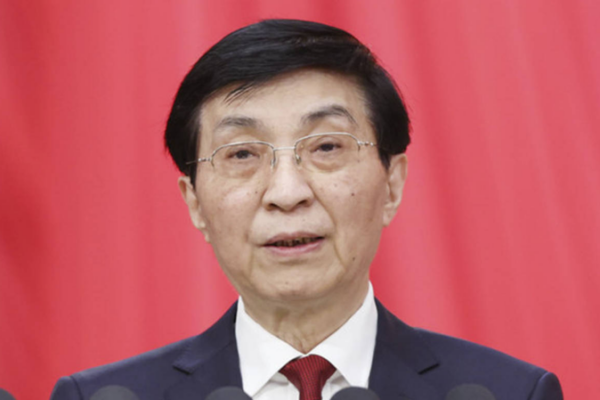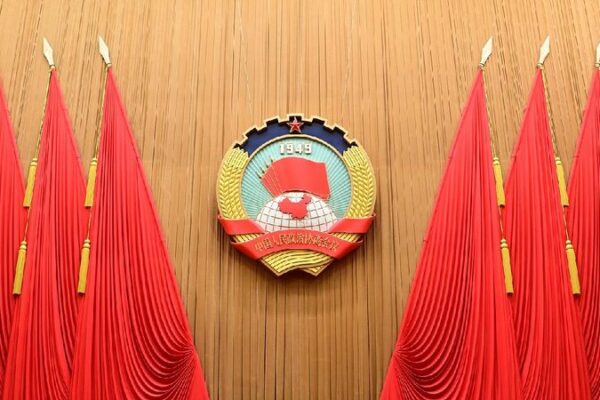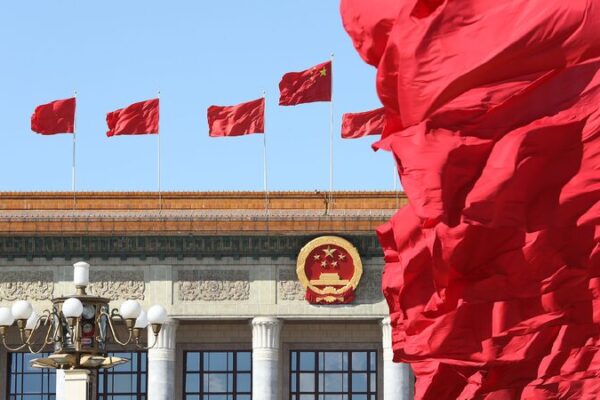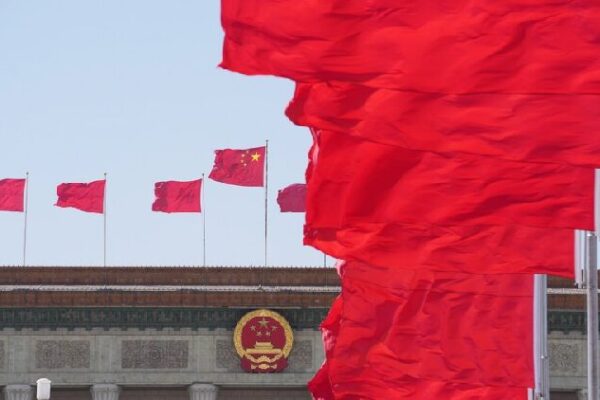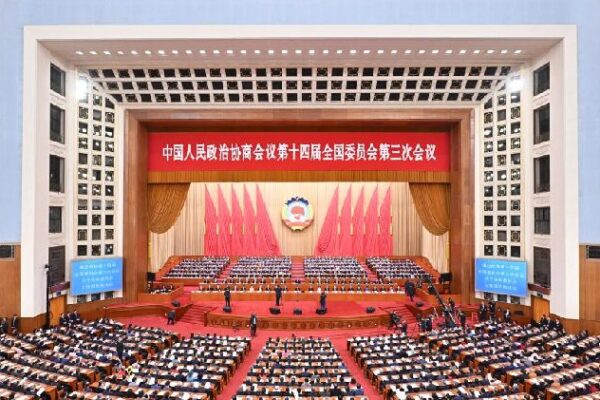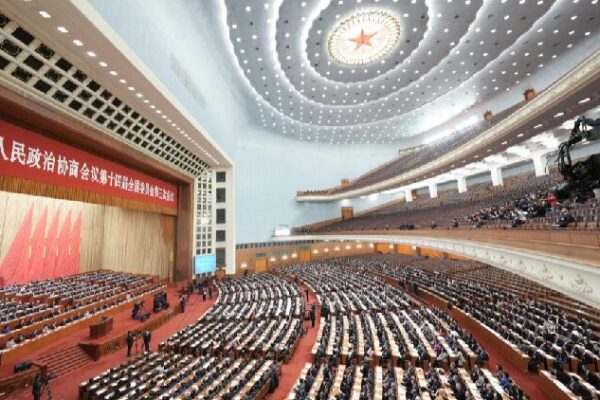Experiencing China’s ‘Two Sessions’: Unity Over Partisanship
China’s annual “two sessions” recently concluded in Beijing, marking a significant moment in the nation’s political calendar. For many, including myself, it was a first-hand look at how China’s governance system operates with a collective focus on progress and development.
The “two sessions” refer to the annual meetings of the National People’s Congress (NPC), China’s top legislature, and the Chinese People’s Political Consultative Conference (CPPCC), the top political advisory body. From the grandeur of the Great Hall of the People to the detailed press conferences and corridor discussions, the event showcased a unified approach to addressing the country’s challenges and planning for the future.
One of the most striking aspects was the absence of partisan bickering often seen in other political systems. Instead, the emphasis was on constructive dialogue, with delegates and members from various sectors collaborating to set and achieve ambitious goals. Premier Li Qiang’s announcement of a 5% GDP growth target for 2025 underscored the nation’s commitment to steady, high-quality development amid global uncertainties.
Press conferences provided transparency and insight into China’s policies on the economy, foreign affairs, and social issues. Government officials, including ministers and high-ranking leaders, engaged openly with the media, addressing questions candidly and providing detailed explanations of their plans.
The inclusive nature of the “two sessions” was evident through the participation of individuals from diverse backgrounds, including business leaders, experts, and representatives from different regions. This multi-stakeholder approach ensured that a wide range of voices contributed to the nation’s development strategies.
Witnessing the “two sessions” firsthand highlighted the effectiveness of focusing on collective goals rather than partisan interests. In a world where political divisions often hinder progress, China’s unified approach offers a compelling example of how collaboration can drive a nation’s development forward.
Reference(s):
My first 'two sessions': Collective focus beats partisan noise
cgtn.com
